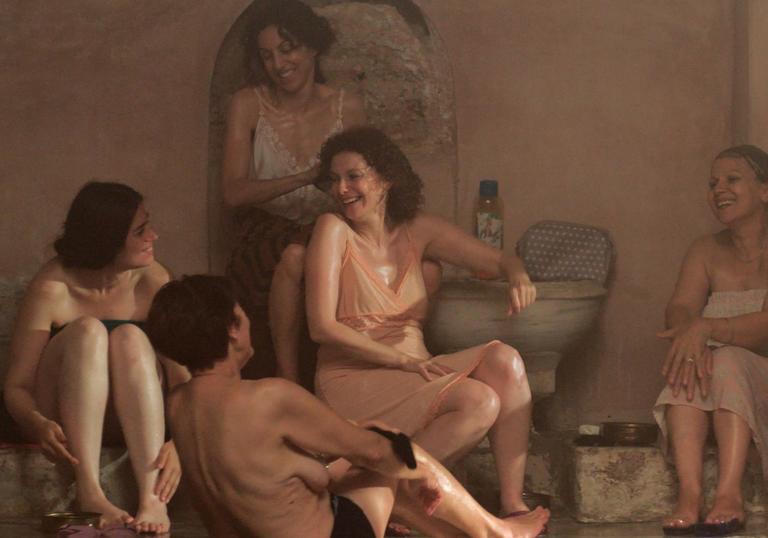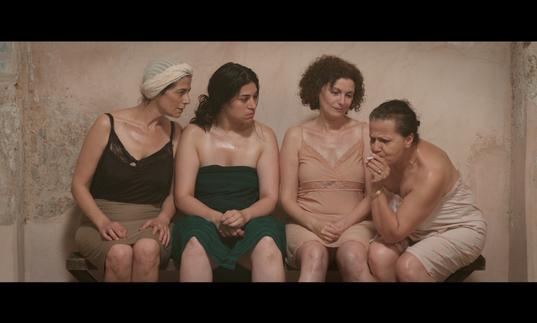Born in the north-west region of Algeria at the beginning of the twentieth-century, raï music is characterised by densely layered rhythms; the soft snare of the bendir, the vibrant derbouka, the bewitching ney, and later on the electric guitar. A genre traditionally performed at celebrations, raï musicians typically invoke religion and moral values. But unofficially, raï also paid homage to earthly pleasures, delighting in serenading love and alcohol. Tinted by the pain of nostalgia and exile that characterised this period for many Algerians, raï captures the urge for emancipation of the population.
Cheikha Rimitti, the heralded mother of raï, chanted resistance songs during the Independence war of 1954 - 1962. Rimitti is an artist who gracefully inhabits contradictions, wearing traditional henna on her hands to sing about sexuality. She takes on the legacy of the Cheikhate, the feminine poet of popular culture through her open and unfettered lyricism. The clear honesty of her lyrics is sharpened by slang and patois. Rimitti used her voice to break taboos about desire and debauchery, for example, in Charrak gatta she sensually explores virginity, a particularly taboo topic for a woman to speak about. She does so with unhesitating confidence and frankness, marking her out as a woman reclaiming her sexuality and fighting against gender norms.
Cheb Hasni, the icon of sentimental raï, vocalised the passions of life. During the Black Decade, his voice resonated as a promise of hope for the future, and helped many Algerians to heal from the pain and trauma of the Civil War. Cheb Hasni was murdered by the GIA (The Armed Islamic Group of Algeria) in 1994 for his art, and to this day remains a symbol of peace and love to many. The hope that he inspired in so many Algerian people is palpable in his performance on Algerian Independence Day in 1993.


